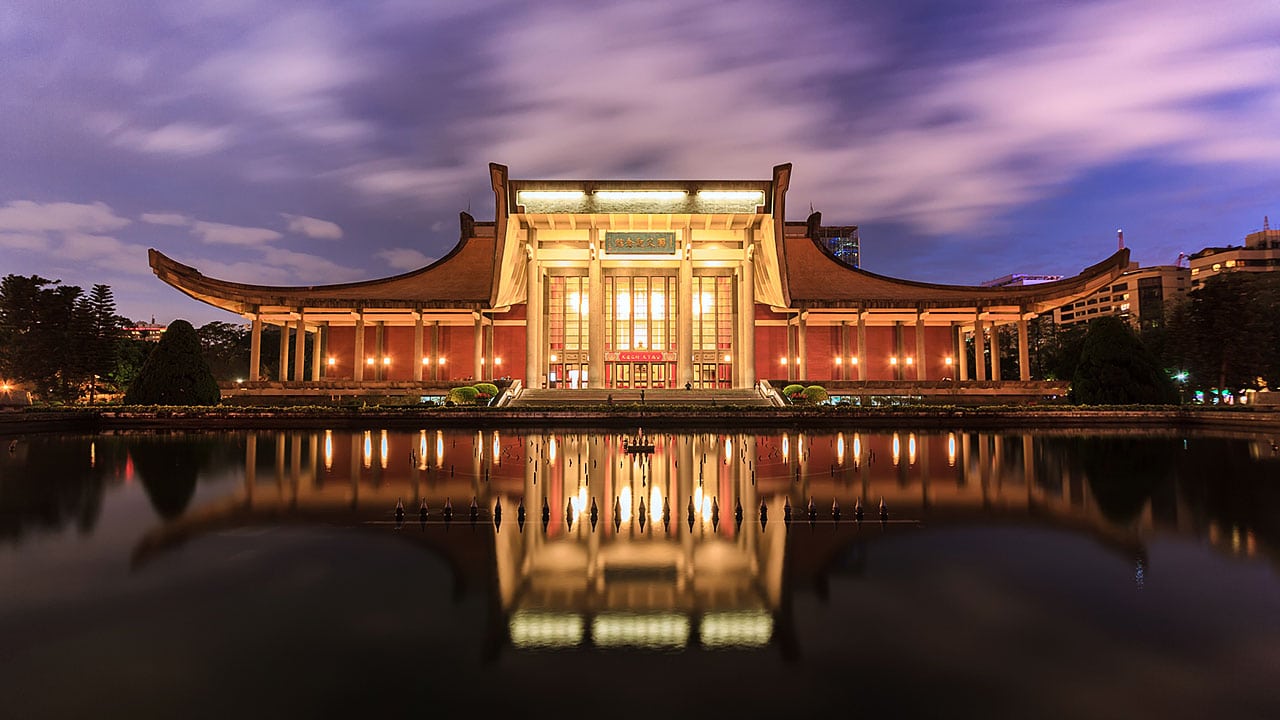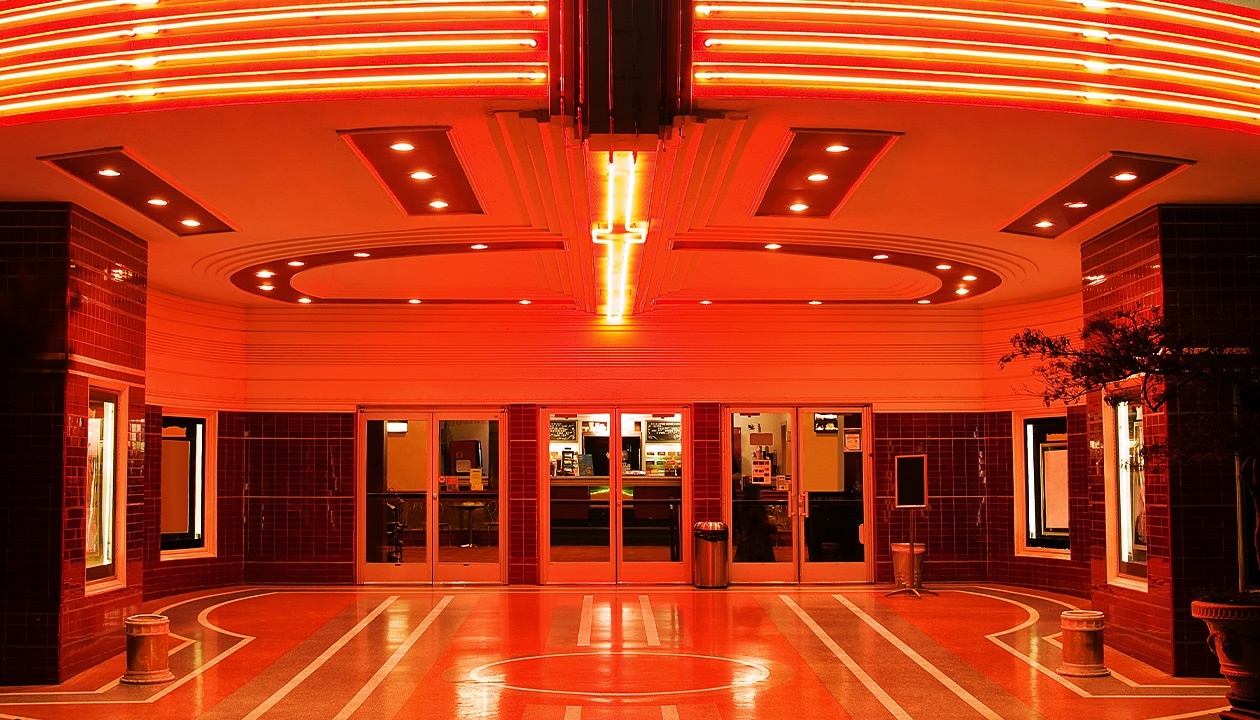Cinema has the ability to capture our imagination like no other art form, yet its influence can be felt across mediums, even to architecture. From Hollywood, California, to Taipei in Taiwan, there are many stunning movie theatres that are works of art themselves. These stunning structures present a world of inspiration for students interested in architectural design.
Keep reading to discover some sources of inspiration you could turn to during your studies.
TCL / Grauman’s Chinese Theatre
Perhaps the most recognizable movie theatre in the world, TCL Chinese Theatre—formerly known as Grauman’s—is a landmark famous destination in Hollywood, California. Built-in 1922 and designed by Raymond M. Kennedy, this theatre was meant to be eye-catching, ostentatious, and embody the glitz and glamour of Hollywood. A little-known fact, however, is that Kennedy modeled the building after the Sant’Andra al Quirinale in Italy, in order to give it a religious connotation and help legitimize the thought of film as an art form.
La Cinémathèque Française
La Cinémathèque Française was founded in 1936 to preserve, restore, and screen French cinema, but it hasn’t always resided in one place. The current building housing the cinema was formerly known as the American Center and was designed by the American architect Frank Gehry. In fact, it is the only one of his works that do not reside in America.
On the outside, the Cinémathèque looks more like a reflection in a funhouse mirror than an actual building. This is because Gehry was interested in what’s known as deconstructionist architecture, which seeks to break down and manipulate natural geometric forms into warped, wavy structures. It’s a stunning example of this style, which students in architectural design technology courses can draw inspiration from when working on their own projects.
Sun Yat-Sen Memorial Hall
Designed by architect Wang Da-hong, the memorial hall serves as a pioneer of modernist architecture and offers exhibitions, performances, and film screenings to the general public, as well as formal ceremonies. Inspired by the traditional Chinese garden as well as a Siheyuan, a historical residence with a central courtyard, the massive pagoda roof serves to compliment the skyline and presents a smooth, linear silhouette on a large scale.

Sun Yat-Sen Memorial Hall
Completed in 1972, the hall features a simplistic, elegant design that fuses classic and modern, and represents an Eastern style which was then copied and spread throughout Asia after World War II.
Kino International
The Kino International Theatre in Berlin, Germany is a classic example for any student to examine during their time at school for architectural design technology. When it opened in 1961, Kino International represented a new standard for cinema, including for the then-Soviet controlled East Berlin.
Kino also serves as a major example of Brutalist architecture, which involves buildings created between roughly 1950 and 1991. This style features a strong sense of symmetry, and exteriors were relatively plain or undecorated. As the name suggests, it was a design meant to convey durability above appearance.
Movie Theatres and What We Can Learn From Them in Architectural Design Technology Courses
Movie theatres offer us a way to escape from everyday life into a story. They reflect aspects about ourselves that we may not think of often until they are shown to us. Architecture is a way to bridge the gap between the fantasy of cinema and the reality of the spaces we live in. It is a visual form, which offers a window into how we express our history and our culture through art. For students in architecture programs, the designs of elaborate movie theatres present plenty of creative inspiration to draw on.
Do you want to complete training for a rewarding career?
Fill out the form to get started!



